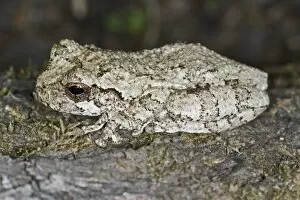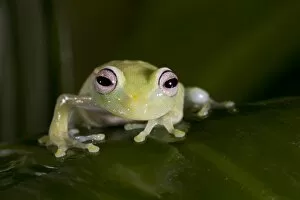Anuran Collection (page 3)
"Exploring the Fascinating World of Anurans: From Australia's Whites Treefrog to Madagascar's Starry Night Reed Frog" Did you know that the Whites Treefrog
All Professionally Made to Order for Quick Shipping
"Exploring the Fascinating World of Anurans: From Australia's Whites Treefrog to Madagascar's Starry Night Reed Frog" Did you know that the Whites Treefrog, scientifically known as Litoria caerulea, is native to Australia? These charming amphibians are famous for their vibrant green coloration and adorable appearance. With their sticky toe pads and large eyes, they perfectly blend into the lush foliage of their natural habitat. Meanwhile, in the distant island of Madagascar, we find another captivating anuran species - the Starry Night Reed Frog (Heterixalus alboguttatus). This unique frog gets its name from its stunning star-like patterns on its back. Native to Madagascar's diverse habitats, these tiny creatures can be found near freshwater streams and marshes. Both these anurans play a crucial role in maintaining ecological balance within their respective ecosystems. They feed on insects like mosquitoes and flies while serving as a vital food source for larger predators. Their presence helps control insect populations naturally without relying on harmful chemicals. However, it is essential to protect these delicate creatures from threats such as pollution and habitat destruction caused by human activities. Conservation efforts must be made to preserve their natural habitats so future generations can continue marveling at their beauty. Speaking of conservation efforts, did you know that DDE-90037131 through DDE-90037106 are identification codes used by researchers studying anurans worldwide? These codes help track individual frogs during scientific studies aimed at understanding various aspects of their behavior, reproduction patterns, and population dynamics. By studying anurans like Whites Treefrogs and Starry Night Reed Frogs using advanced techniques facilitated by identification codes like DDE-90037131 through DDE-90037106, scientists gain valuable insights into how these fascinating creatures adapt to changing environments over time.











